On paper, Jennifer Collier might seem like the picture perfect, classic English woman—but give her a piece of paper and she’ll create something that’s anything but conventional. In her art studio in rural Staffordshire, Jennifer turns simple sheets of paper, often collected from flea markets or on their way to the trash bin, into beautiful works of art—from cameras and typewriters, to teacups and shoes.
While her friends were out getting more conventional jobs post-graduation, Jennifer was exploring her options as an artist. Finally, her path led her to Unit Twelve, where she works daily amongst fellow artists. Besides the opportunity to learn the secrets behind Jennifer’s art and visit the beautiful English countryside, Jennifer promises that the gallery’s workshops are “accompanied by copious amounts of tea and cake.” Yes, please!
Jennifer has accomplished the ubiquitous goal of translating her passion into a viable career. She is a role model for all aspiring artists and soon-to-be graduates who worry about what lies at the end of the career path less travelled. (A little hint: creative freedom and time for afternoon tea.)
Photos: Courtesy of Jennifer Collier
Her Starting Point
What was your first post-grad job? How did you land that position?
I did an artist in residency at Mid Cheshire College, which also involved me curating exhibitions, teaching and running art workshops, as well as being paid to sit and make my own work (whilst invigilating the exhibitions). This was something I saw advertised and decided to apply for instead of getting a “proper job” like my peers from college.
That lasted for six months, before I went on to the North West Arts Boards “Setting Up Scheme.” This gave me a free studio, at the Museum of Science and Industry, in Manchester, as well as maintenance and equipment grants, so I had money and time to set up my business when I was starting out.
Can you tell us a little about your educational background? When did you know you wanted to pursue a career as an artist?
I did art at school, then went on to do a Foundation Course in art and design, which is where I discovered my love of stitch. Next, I got my Bachelor of Arts (hons) Textiles, at Manchester Metropolitan University, which was a traditional textiles course specializing in print, knit and weave. Toward the end of the course I started experimenting with different materials, weaving with orange peel, melting fruit bags, etc. Most of the techniques I use in my work now are things I have taught myself since graduating by experimenting with different media and techniques.
Her Big Break
What was the first step you took toward making a business out of crafting?
Getting the first residency I applied for, which threw me into making to sell, as well as educational work and running art workshops.
You work out of a studio in Stafforshire. How did you find this space and how does your environment contribute to your art?
I set up my gallery Unit Twelve in May 2010. It is set in a stunning rural location and hosts a regularly changing programme of selected, themed exhibitions of high quality contemporary craft, with complementary art workshops, as well as six artist studios, where you can see the makers working away. Its opening came during a transitional phase in my work; I had been mentored and was taking some much needed time to develop and make new work. To start with, I would set myself “projects” inspired by the exhibitions—again, much of this has never seen the light of day, but new items in my range, such as the Paper Tea Set, inspired by the “Polly Put The Kettle On” exhibition, show a direct result of this influence.
At your studio, you also host workshops. What goes into putting on a workshop? What does a schedule for a workshop look like?
This was one of the main reasons for setting up Unit Twelve. It came about through the demand from my audience to have somewhere they could come and see a coherent collection of my work. It was initially set up as a base for my operations and a space to develop different art workshop ideas. I wanted to be able to offer a more rounded workshop experience than was possible with me simply going to a venue with a portfolio of images. Now workshop participants are able to gain a much greater insight into my working practice, by being able to see my studio, inspiration and work in progress.
I host a range of different workshops, which offer insight into the work I make, showing techniques and approximations of my work, which they are able to push further in a non-threatening way. This way, participants are able to achieve something they are proud of without just replicating my work.
Staying fresh and innovative in today’s fast-paced world can be a challenge. How do you stay creative and where do you look for inspiration?
The papers themselves serve as both the inspiration and the media for my work, with the narrative of the books and papers suggesting the forms. Some examples are a sewing machine made from dress making patterns, or a camera made out of vintage photographs. I tend to find papers by scouring charity shops and flea markets, then investigate a way in which they can be reused and transformed; giving new life to things that would otherwise go unloved or be thrown away.
Aside from the Unit Twelve Gallery website, you also maintain Twitter, Facebook and a blog. How do you balance all of these forums? Do you employ someone to help you manage your media?
About a year ago, my husband became a partner, in the business sense, so he now does the marketing, branding and website design. However, I do still do my own Facebook and Twitter, as I really enjoy these.
Her Perspective
What is the best part of being self-employed? What is the most challenging?
The best things are that I am able to produce my own work and be my own boss. I have luckily got to the stage where I only undertake the workshops I enjoy and am able to say "no" to those that I don't. The worst things are no sick pay, no holiday pay and very few days off. I may be my own boss, but my boss is a slave driver! It is very hard to turn down paid work, so I really struggle to fit everything in. I am trying to sell work, whilst trying new ideas, to run workshops, do exhibitions and undertake commissions and residencies. There also is a lot of paperwork to be done, which I didn't expect when I started out—things like tax returns, updating the website, replying to emails, producing publicity material, etc. And I had such romantic visions of sitting sewing all day!
I think many people assume success happens overnight. I often get asked at shows if I have just graduated or what I do for a “real” job—they are always surprised when I say I have been doing this for over fourteen years, and that it has been my only source of income for the last eleven. They also are more surprised when they learn that what I make isn’t what I trained in, but again this comes with time.
At the moment, it is increasingly difficult, with many people wishing to be inspired by you, but of course kind words do not pay the mortgage. However, there is no better job in the world and no bigger compliment than somebody wishing to buy a piece of your work, no matter how small.
If we had the chance to peek at your schedule, what would an average day look like?
There isn’t an average, which I know everyone must say, but I juggle commissions, both public and private, exhibitions, craft fairs, both retail and trade, as well as the art workshops I run with the public, school groups and private parties. On average I have one school group per week visiting Unit Twelve for an art workshop, which involves taking them through my portfolio, showing them around the gallery and demonstrating some of my trademark techniques. They spend the morning having a go at these, with the afternoon spent making an outcome using the techniques they have learnt, such as garments, shoes or cakes and tea sets.
I also run, on average, one workshop per week with the public on a Saturday. This is generally a much more relaxed and informal atmosphere, aided by tea and cake, with the emphasis being on creating a finished piece in a non-threatening environment, with all workshops suitable for all abilities. About one day a week is spent on paper work, catching up with invoicing (and chasing those that haven’t paid!) as well as getting all of my receipts filed away, ready for the dreaded tax return.
Currently, I am participating in a craft fair about every other week, so about one day a week is spent planning my stand and topping up on any extra stock I need to make. However, the biggest percentage of my time is spent answering emails (an average of two hours per night! I do this in the evening so that it doesn’t cut into my “making” time), and posting updates on social media. I work an average of 60 to 80 hours per week, so whilst I love my job it isn’t relaxing or as structured a week as most people would expect this to be.
If you could pin your success down to one thing or one moment, what would that be?
Making the cover artwork for award-winning author Linda Grant’s The Thoughtful Dresser. I love her writing, so I could not believe it when I was asked to do this.
What’s next for you?
Since having my baby and my husband becoming a business partner I have had some massive changes in my life, so I am now trying to get more of a life/work balance and start enjoying both more. I hope to concentrate on exhibitions and to gain more solo shows, as I have some amazing ideas of new work I would love to make.
You May Also Like
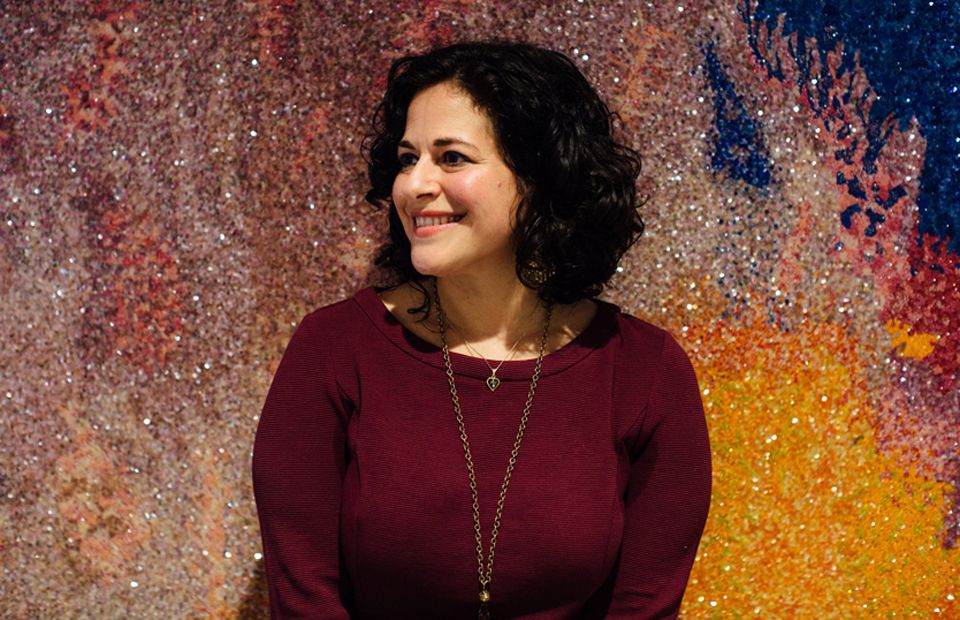
Consumer Goods
Our New Dream Job? Vice President of Social Consciousness & Innovation
"The truth is, having a more responsible supply chain or more responsible business is made up of lots of small actions. And one thing that I really love about my work is that nothing is black and white. It's all gray space."
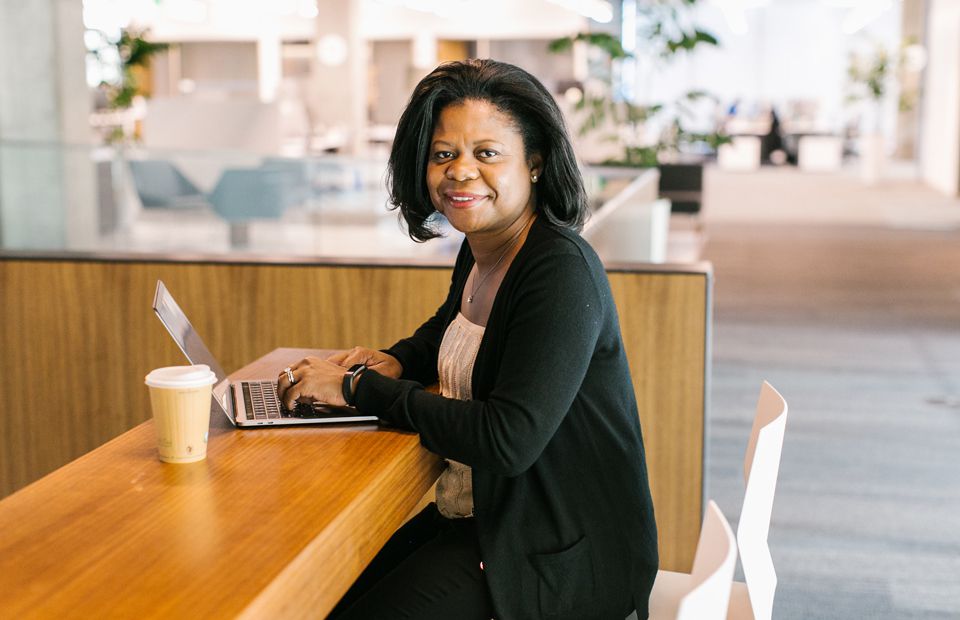
Consumer Services
An Executive at Intuit on How to 'Send the Elevator Back Down'
"What I often tell engineers—especially women engineers—is that it’s good to be excellent, but you’ve got to make sure it’s not a well-guarded secret."
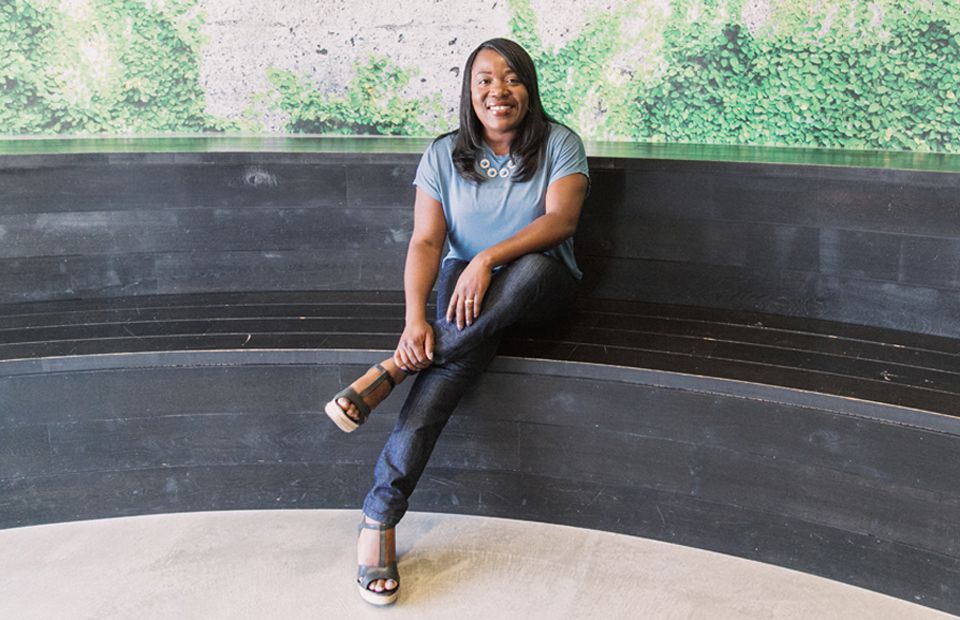
Consumer Services, Technology
A Top Lawyer Talks Leadership, Transparency, and a Music Empire's Goals for Diversity
As Chief Counsel at Pandora, Adelmise Warner has a few thoughts on leaning in.

Consumer Goods
Rising Tide Society's Founder on Why Not Everyone's Cut Out for Entrepreneurship
Natalie Franke on creative entrepreneurship and her journey with Rising Tide Society
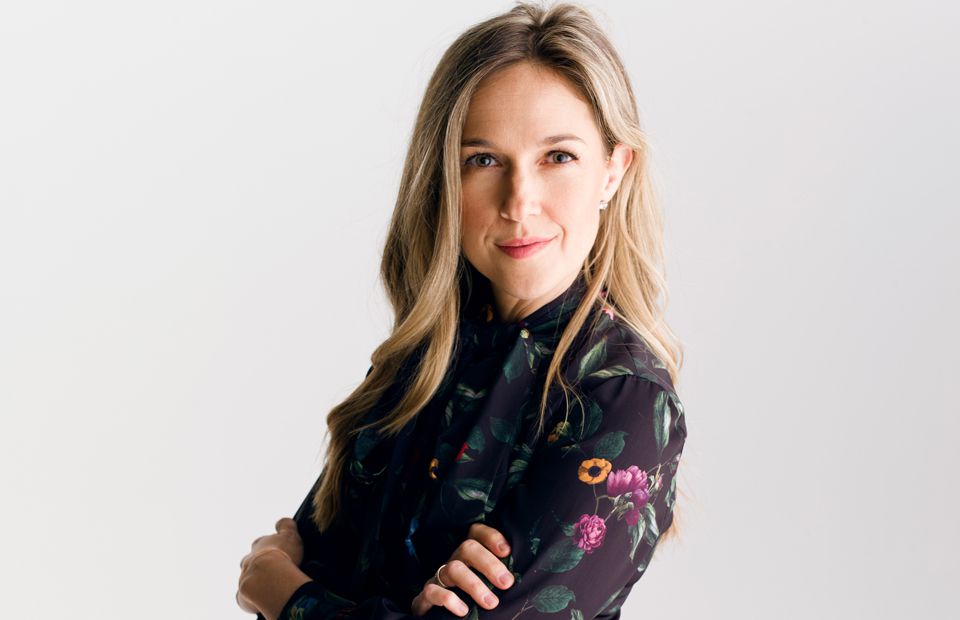
Consumer Services, Technology
Here's How a Female V.P. at a Tech Startup Faces the Gender Gap
Nikki Pechet on writing your own maternity leave policy and taking a job for joy, not money.
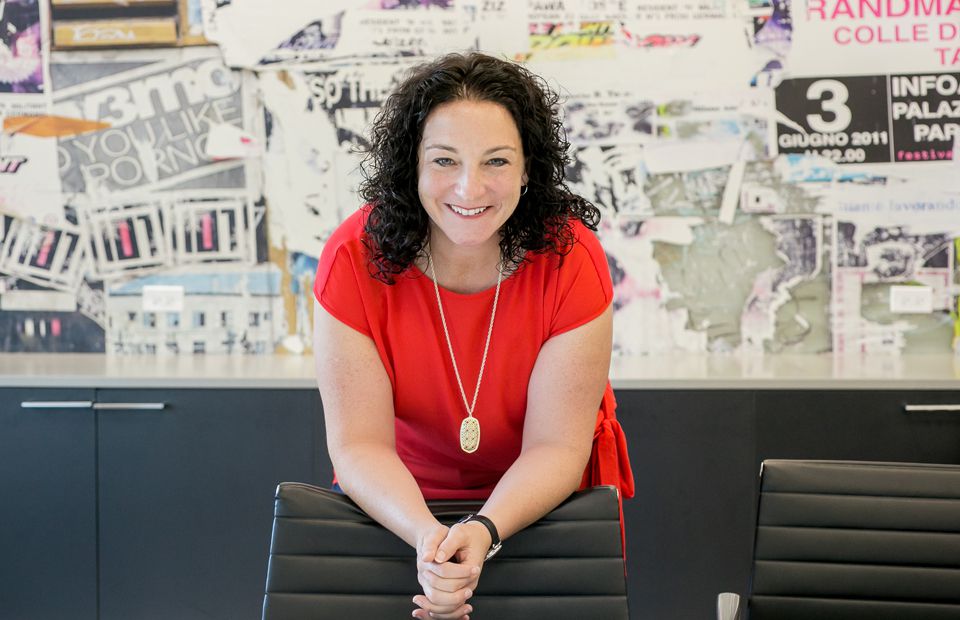
Consumer Goods, Technology
A Sales V.P. on What It's Like to Work at Pandora
Casey Forbes is living an audiophile's dream career.
Get the Best Career Advice Delivered To Your Inbox
Join our newsletter to stay in the loop.
